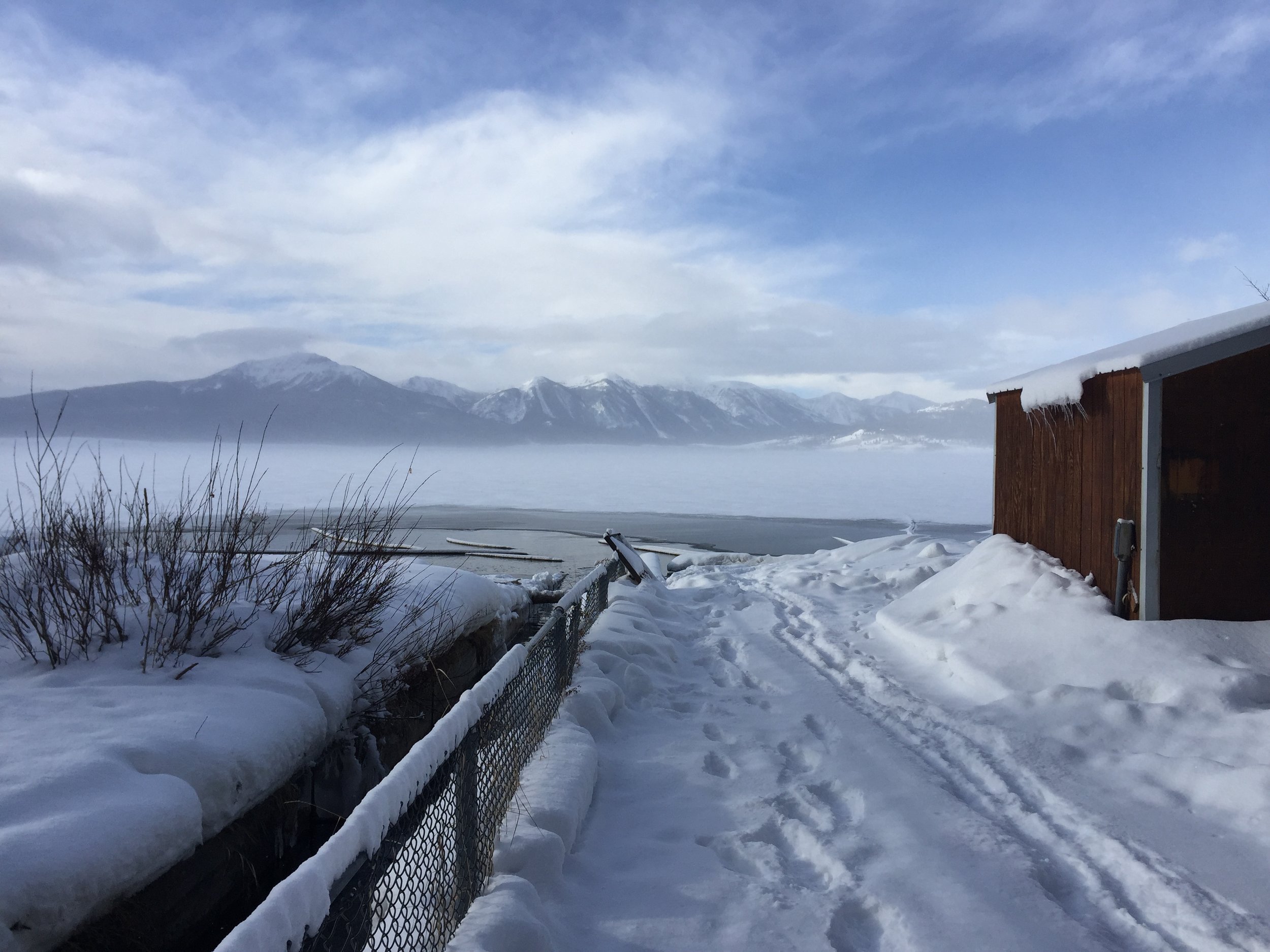


Your Custom Text Here
Since the mid-1920s, the Idaho Department of Fish and Game has operated an egg-collection facility on Henrys Lake to supplement the wild population. During the late winter, thousands of spawning cutthroat return up the ladder on Hatchery Creek. Adult fish jump into the spawning shed where they are sorted by sex. Fish are temporally anesthetized before spawning and taking small fin tissue samples for genetics. Following spawning and genetic sampling, fish are returned to the lake. Genetically sampling the broodstock allows the permanent genetic tagging of all of their offspring. This process is called Parentage Based Tagging (PBT). PBT is an efficient tool to allow managers to monitor growth and survival of hatchery fish, hybridization, and assess wild reproduction.
Since the mid-1920s, the Idaho Department of Fish and Game has operated an egg-collection facility on Henrys Lake to supplement the wild population. During the late winter, thousands of spawning cutthroat return up the ladder on Hatchery Creek. Adult fish jump into the spawning shed where they are sorted by sex. Fish are temporally anesthetized before spawning and taking small fin tissue samples for genetics. Following spawning and genetic sampling, fish are returned to the lake. Genetically sampling the broodstock allows the permanent genetic tagging of all of their offspring. This process is called Parentage Based Tagging (PBT). PBT is an efficient tool to allow managers to monitor growth and survival of hatchery fish, hybridization, and assess wild reproduction.
Spawning and genetically sampling Yellowstone Cutthroat Trout